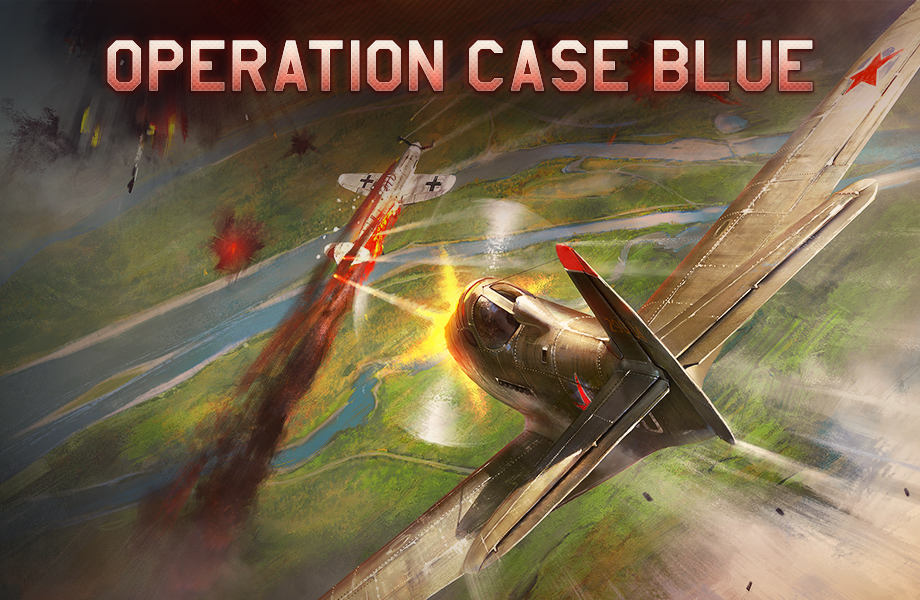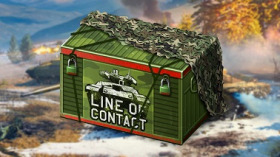
- For PC
- For MAC
- For Linux
- OS: Windows 10 (64 bit)
- Processor: Dual-Core 2.2 GHz
- Memory: 4GB
- Video Card: DirectX 11 level video card: AMD Radeon 77XX / NVIDIA GeForce GTX 660. The minimum supported resolution for the game is 720p.
- Network: Broadband Internet connection
- Hard Drive: 23.1 GB (Minimal client)
- OS: Windows 10/11 (64 bit)
- Processor: Intel Core i5 or Ryzen 5 3600 and better
- Memory: 16 GB and more
- Video Card: DirectX 11 level video card or higher and drivers: Nvidia GeForce 1060 and higher, Radeon RX 570 and higher
- Network: Broadband Internet connection
- Hard Drive: 75.9 GB (Full client)
- OS: Mac OS Big Sur 11.0 or newer
- Processor: Core i5, minimum 2.2GHz (Intel Xeon is not supported)
- Memory: 6 GB
- Video Card: Intel Iris Pro 5200 (Mac), or analog from AMD/Nvidia for Mac. Minimum supported resolution for the game is 720p with Metal support.
- Network: Broadband Internet connection
- Hard Drive: 22.1 GB (Minimal client)
- OS: Mac OS Big Sur 11.0 or newer
- Processor: Core i7 (Intel Xeon is not supported)
- Memory: 8 GB
- Video Card: Radeon Vega II or higher with Metal support.
- Network: Broadband Internet connection
- Hard Drive: 62.2 GB (Full client)
- OS: Most modern 64bit Linux distributions
- Processor: Dual-Core 2.4 GHz
- Memory: 4 GB
- Video Card: NVIDIA 660 with latest proprietary drivers (not older than 6 months) / similar AMD with latest proprietary drivers (not older than 6 months; the minimum supported resolution for the game is 720p) with Vulkan support.
- Network: Broadband Internet connection
- Hard Drive: 22.1 GB (Minimal client)
- OS: Ubuntu 20.04 64bit
- Processor: Intel Core i7
- Memory: 16 GB
- Video Card: NVIDIA 1060 with latest proprietary drivers (not older than 6 months) / similar AMD (Radeon RX 570) with latest proprietary drivers (not older than 6 months) with Vulkan support.
- Network: Broadband Internet connection
- Hard Drive: 62.2 GB (Full client)

From 14:00 GMT July 25th to 00:01 GMT July 28th
30% discount for RP conversion for all nations
From 00:01 GMT July 26th to 00:01 GMT July 28th
x5 RP gain for the first victory of the day for all nations
Operation Road to Grozniy (+20%  gain) in the Events mode
gain) in the Events mode
Fall Blau, or Operation Blue, the German summer offensive between June 28th and November 24th 1942, was intended to fulfill the invasion goals of the previous year in the Soviet Union. Fall Blau, or Case Blue, was supposed to deliver a final and devastating blow to the Soviet Forces on the Eastern Front. The operation’s aim was to take both the oilfields of Baku and the city of Stalingrad with it’s industrial center and transportation hub intact.
 |
|
German tank leading an advance, 1942. From Bundesarchiv, Bild 101I-218-0510-22 Thiede / CC-BY-SA |
For this operation, the veteran Army Group South of the German Wehrmacht was split into Army Groups A and B. Command of Army Group A was assigned to Field Marshal Wilhelm List, but Hitler would later take personal command. Army Group A would include the 1st Panzer Army, the 11th and 17th Armies and the Romanian 4th Army.
Army Group B under General Maximilian von Weichs was designated with securing the northern flank of Army Group A. This Army Group would include General Friedrich Paulus’ 6th Army along with the 4th Panzer army and 2nd army. In addition to the Wehrmacht forces, Army Group B included the 2nd Hungarian Army, the 8th Italian Army, and the 3rd Romanian Army.
Arrayed against the initial thrust from the axis armies were four Soviet battle groups: the Voronezh Front, the Stalingrad Front, the Southern Front, and the North Caucasian Front. During the fighting over the subsequent months, several more soviet battle groups would join the combat area, with some groups being disbanded and reorganised as needed. The Wehrmacht and allied armies had approximately 1.3 million men, 1,900 tanks, and 1,610 aircraft. Opposing them was a force of 1.7 million soldiers, with another one million in reserve, 3,720 tanks, and roughly 1,670 aircraft of all types.
 |
| Soviet soldiers and tanks in the steppes, 1942 |
Army Group A quickly swept south to the edge of the Caucasus Mountains, lead in part by the Luftwaffe, which often ranged ahead of the ground forces to engage the largely unprepared Soviets. As the Soviet armies fell back, they sabotaged the oil fields, industry and infrastructure. Stiff resistance in the mountains, fresh Soviet reinforcements, long supply lines, and logistical problems slowed Army Group A’s advance. At this point Hitler relieved von List of his command and took personal control of the army group. By this time the 6th Army under General Paulus was already approaching the suburbs of Stalingrad.
Due to the significant initial success of the summer offensive, the OKW and especially Hitler did not believe Soviet forces had the capabilities to launch a defensive action or a counter-offensive to halt the German advances. But the German army and their allied forces were overextended, exhausted and now undermanned by the vast area they had captured, beleaguered with supply issues and hounded by the allies on other fronts. When the 6th Army was lured into the complex terrain of Stalingrad, for which it was not prepared, they were no longer in charge of the situation. The Caucasus campaign would soon be sidelined with the real struggle taking place in the ruins of the city on the Volga. The outcome of that struggle and the battles that were to come would determine the course of the war on Eastern Front.
Aaron "anglomanii" Lentz



